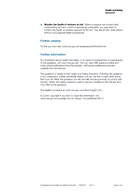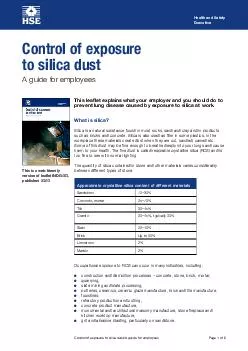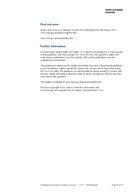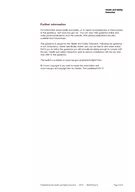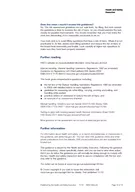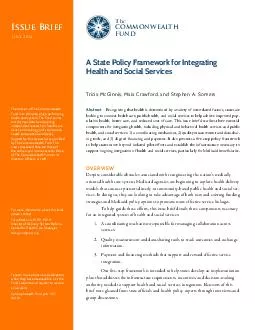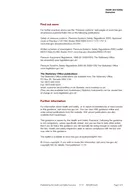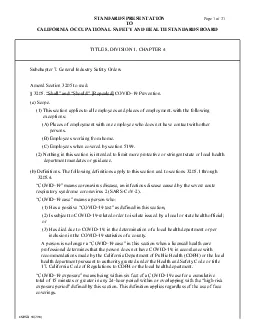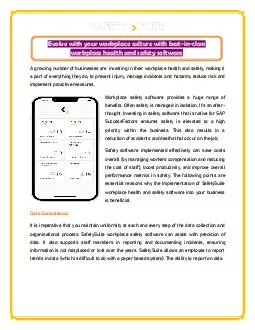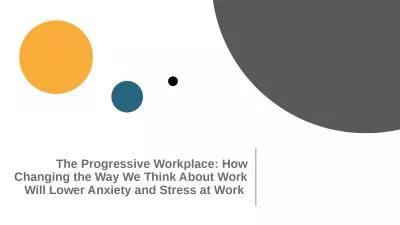PDF-Heat stress in the workplace A brief guide Page of Health and Safety Executive This
Author : trish-goza | Published Date : 2014-12-16
It will also be useful to employees and their safety representatives It tells you about the risks to the body from overheating when working in hot conditions such
Presentation Embed Code
Download Presentation
Download Presentation The PPT/PDF document "Heat stress in the workplace A brief gui..." is the property of its rightful owner. Permission is granted to download and print the materials on this website for personal, non-commercial use only, and to display it on your personal computer provided you do not modify the materials and that you retain all copyright notices contained in the materials. By downloading content from our website, you accept the terms of this agreement.
Heat stress in the workplace A brief guide Page of Health and Safety Executive This: Transcript
Download Rules Of Document
"Heat stress in the workplace A brief guide Page of Health and Safety Executive This"The content belongs to its owner. You may download and print it for personal use, without modification, and keep all copyright notices. By downloading, you agree to these terms.
Related Documents

